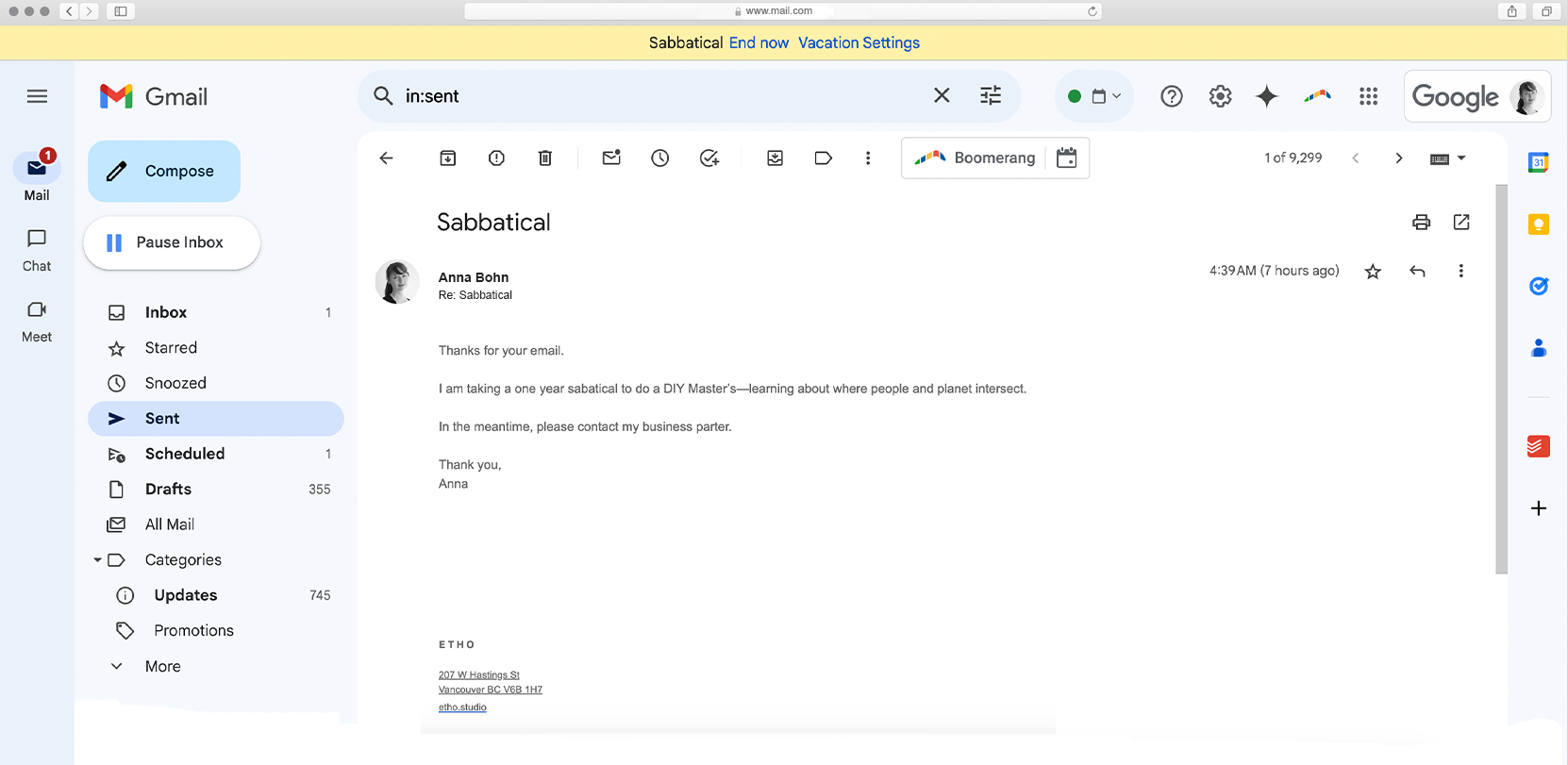
About
What’s a DIY Master’s?
In late 2024, I went on sabbatical. Interested in people and planet, I wanted to learn more about ‘change.’ When I couldn't find the right curriculum, I decided to make my own. I called it a DIY (Do It Yourself) master’s.
The idea was inspired by Tim Ferriss—an author and entrepreneur—who became business-savvy by investing an MBA tuition’s worth in start-ups. Likewise, I'll spend the time I would have on a master’s to research and write about ‘change’—both personal and planetary.
I need your help.
Doing a DIY Master's has downsides: I don't have teachers or classmates, so I hope you'll be so kind as to point out where I go wrong, share resources, and compare notes. I know I have a lot of smart, thoughtful people in my network, and I hope to learn from you, too.

About Me
I’m a partner and art director at Etho Studio and the creator of the Lighter Footprint App.
At Etho, I work in urban design and sustainability, creating communications for climate tech, developers, energy experts, and more. I also created the Lighter Footprint App—in partnership with BCIT—which helps BC residents understand, track, and lighten their footprints. The app is currently being piloted as a teaching tool.


